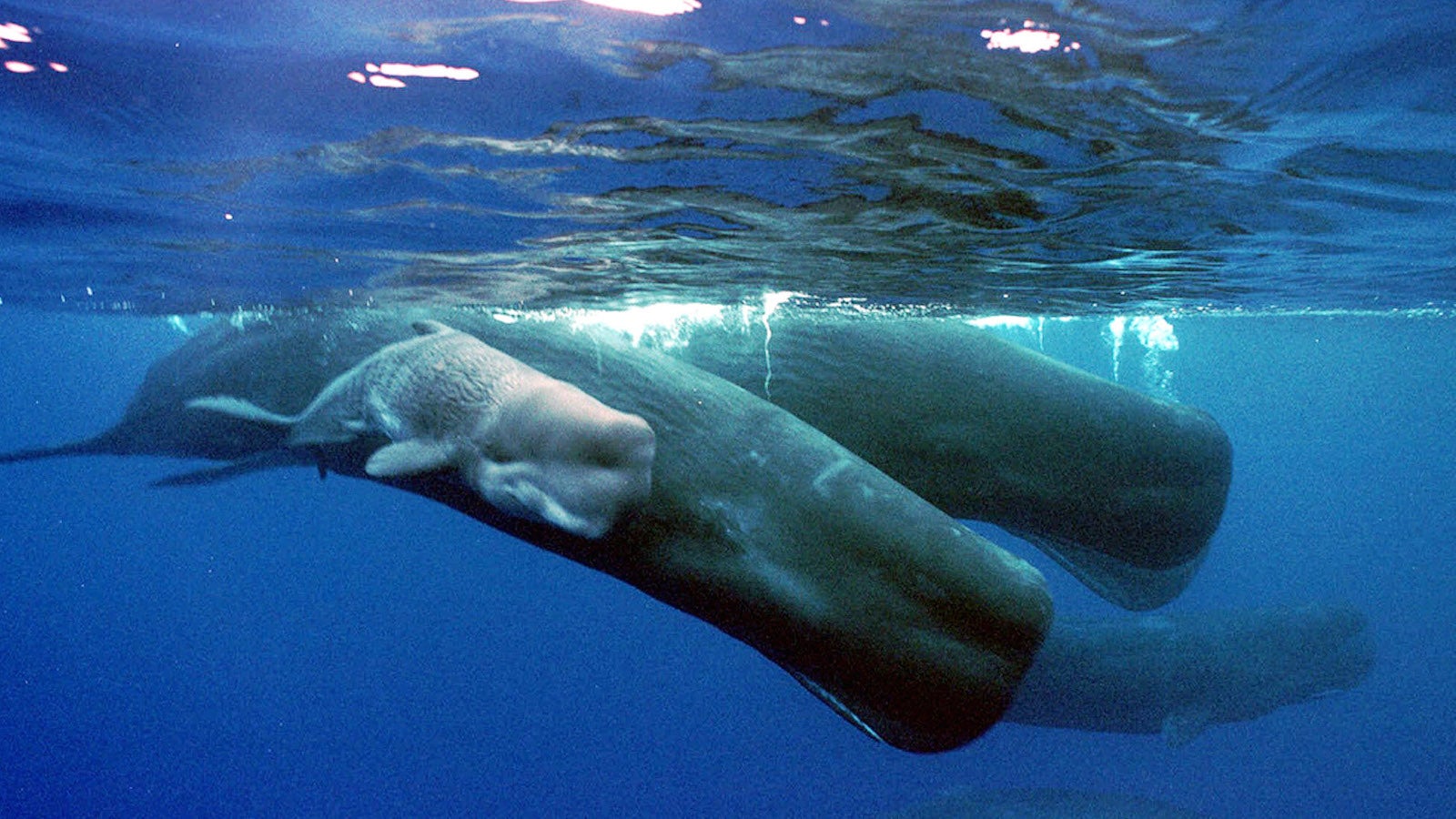The best thing to happen to oceans in 2015 was the rise of the citizen scientist
The year 2015 saw advances in ocean conservation big enough to kindle hope in the heart of even the most despairing marine scientists. But the most exciting development this year was the push to put ocean research in the hands of the public.


The year 2015 saw advances in ocean conservation big enough to kindle hope in the heart of even the most despairing marine scientists. But the most exciting development this year was the push to put ocean research in the hands of the public.
In the world of eco-friendly legislation, the past year saw a groundbreaking global agreement to reduce carbon emissions reached in Paris. Hawaii’s statewide ban on single-use plastic bags went into effect, while California passed a ban on products containing microbeads that will go into effect in 2020.
Meanwhile, a cutting-edge study found that a chemical contained in some kinds of sunscreen may be damaging coral reefs—providing an important future target for legislative efforts. And the Discovery Channel’s Shark Week announced a complete 180 from the fake documentaries and scare-mongering tactics of recent years, with the channel’s new president Rich Ross vowing to return to its empirical roots.
The biggest idea in marine ecology to emerge this year, however, is the effort to democratize ocean research through a movement called Open Science. It will only be possible to tackle the growing threats faced by marine ecosystems with all hands on deck—including fishermen, entrepreneurs, ocean lovers, and environmentalists of all ages. And it’s only through direct engagement and collaboration with diverse communities that marine ecologists will gain the resources and support they need.
In 2015, the Open Science movement began to introduce projects that will allow the broader community to participate in collecting, analyzing, and publishing data. The open-source submarine building community OpenROV, for example, raised more than $815,000 on Kickstarter to fund Trident, an affordable underwater drone that aims to give everyone access to underwater exploration. Meanwhile, the new startup Oceanography for Everyone is offering a slew of open-source hardware resources that aim to be useful to everyone from researchers to citizen scientists to fishermen. These include instructions for using a 3-D printer to create a Niskin bottle for water collection and building a cheap but rugged field laptop for about $200.
Open Science initiatives in other fields, such as astronomy’s Galaxy Zoo, have been wildly successful over the past few years. But marine fields have been slower to redefine how marine science is conducted and who conducts it.
In 10 or 20 years, scientists will see 2015 as the year marine ecology began to open up. That’s great news for future researchers, as it means nearly limitless resources, unfathomable volumes of data, and a community actively interested in and engaged with ocean science and conservation. Open Science can bring together everyone with a vested interest in the oceans. We can band together to work towards solving the difficult challenges that marine ecosystems will face as temperatures rise, seawater pH drops, and an ever-growing human population puts even more pressure on already struggling habitats.